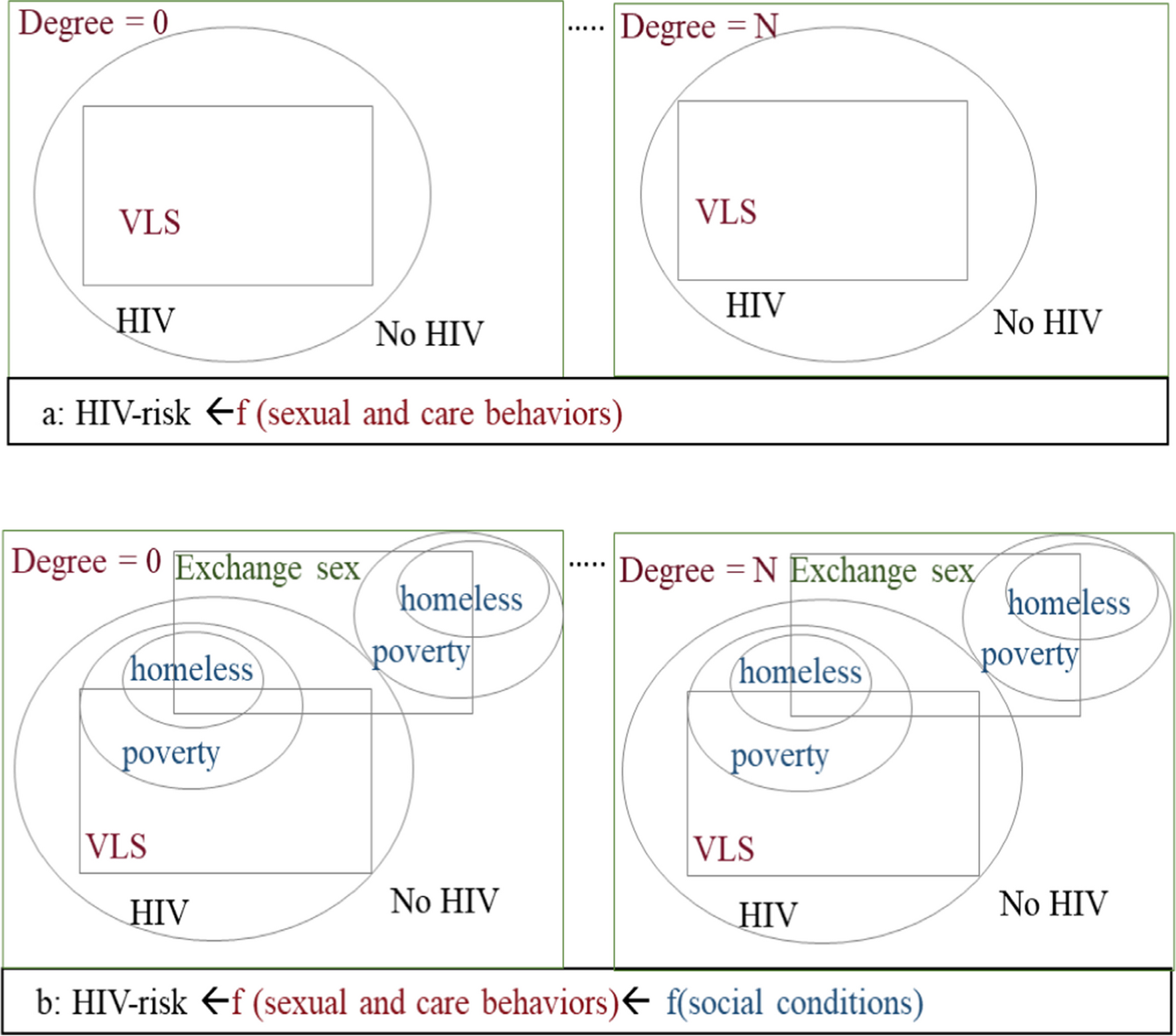2025-01-22 マサチューセッツ大学アマースト校
<関連情報>
- https://www.umass.edu/news/article/new-study-finds-social-programs-could-reduce-spread-hiv-29
- https://link.springer.com/article/10.1007/s10729-024-09694-3
コピュラと確率的グラフィカルモデルによる、疾病予測シミュレーションにおける社会状況のメカニズム的モデリング: HIVのケーススタディ Mechanistic modeling of social conditions in disease-prediction simulations via copulas and probabilistic graphical models: HIV case study
Amir Khosheghbal,Peter J. Haas & Chaitra Gopalappa
Health Care Management Science Published:02 December 2024
DOI:https://doi.org/10.1007/s10729-024-09694-3

Abstract
As social and economic conditions are key determinants of HIV, the United States ‘National HIV/AIDS Strategy (NHAS)’, in addition to care and treatment, aims to address mental health, unemployment, food insecurity, and housing instability, as part of its strategic plan for the ‘Ending the HIV Epidemic’ initiative. Although mechanistic models of HIV play a key role in evaluating intervention strategies, social conditions are typically not part of the modeling framework. Challenges include the unavailability of coherent statistical data for social conditions and behaviors. We developed a method, combining undirected graphical modeling with copula methods, to integrate disparate data sources, to estimate joint probability distributions for social conditions and behaviors. We incorporated these in a national-level network model, Progression and Transmission of HIV (PATH 4.0), to simulate behaviors as functions of social conditions and HIV transmissions as a function of behaviors. As a demonstration for the potential applications of such a model, we conducted two hypothetical what-if intervention analyses to estimate the impact of an ideal 100% efficacious intervention strategy. The first analysis modeled care behavior (using viral suppression as proxy) as a function of depression, neighborhood, housing, poverty, education, insurance, and employment status. The second modeled sexual behaviors (number of partners and condom-use) as functions of employment, housing, poverty, and education status, among persons who exchange sex. HIV transmissions and disease progression were then simulated as functions of behaviors to estimate incidence reductions. Social determinants are key drivers of many infectious and non-infectious diseases. Our work enables the development of decision support tools to holistically evaluate the syndemics of health and social inequity.


